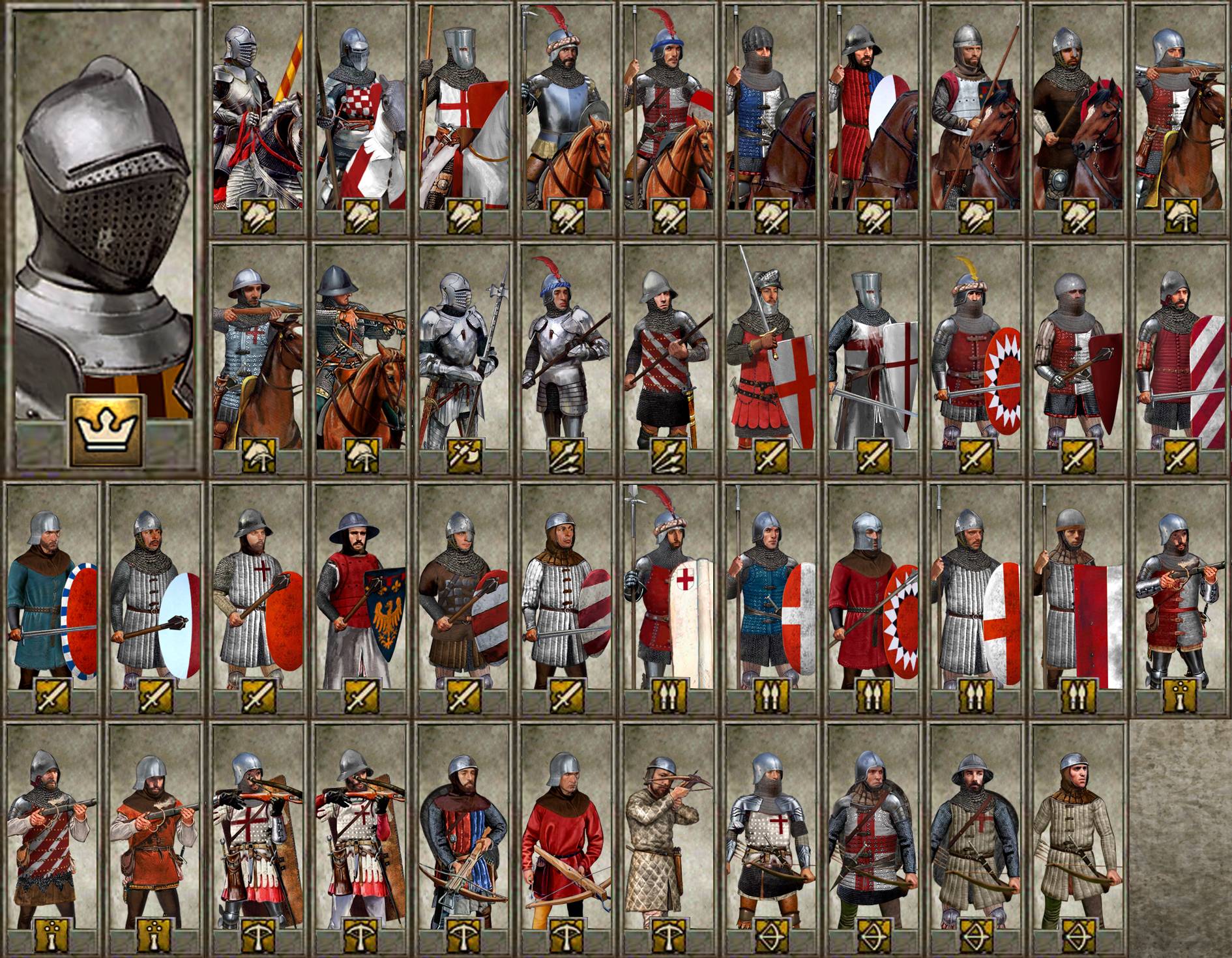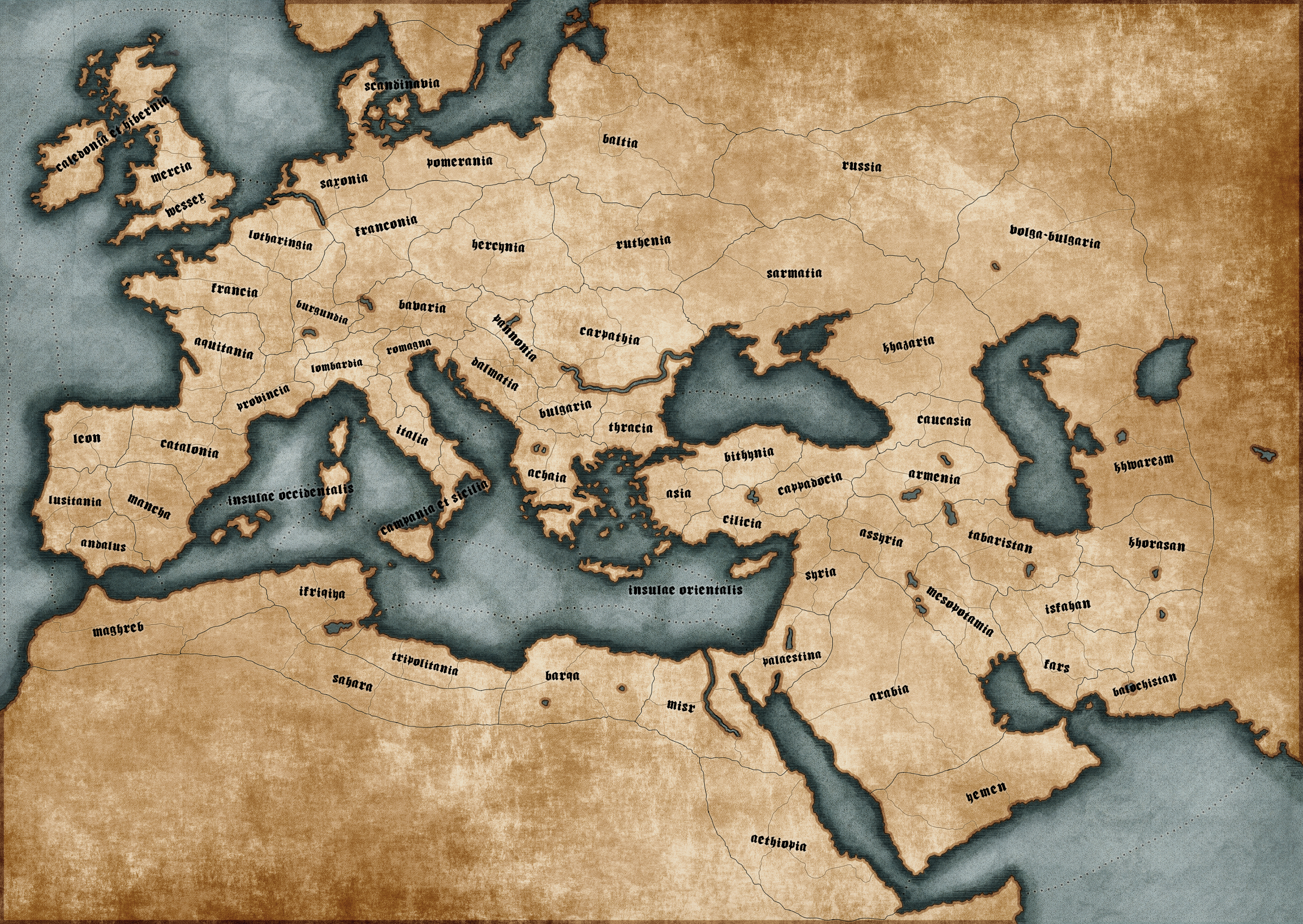
Heritable property or rights granted by an overlord to a vassal.

Persons who entered into a mutual obligation to a lord or monarch in the context of the feudal system in medieval Europe. fealtyĪn oath, from the Latin fidelitas (faithfulness) a pledge of allegiance of one person to another. In the Middle Ages this was the ceremony in which a feudal tenant or vassal pledged reverence and submission to his feudal lord, receiving in exchange the symbolic title to his new position. The 11th century in France saw what has been called by historians a “feudal revolution” or “mutation” and a “fragmentation of powers” that increased localized power and autonomy.While modern writers such as Marx point out the negative qualities of feudalism, such as the exploitation and lack of social mobility for the peasants, the French historian Marc Bloch contends that peasants were part of the feudal relationship while the vassals performed military service in exchange for the fief, the peasants performed physical labour in return for protection, thereby gaining some benefit despite their limited freedom.This ceremony bound the lord and vassal in a contract. Before a lord could grant land to a tenant he would have to make him a vassal at a formal ceremony.



 0 kommentar(er)
0 kommentar(er)
